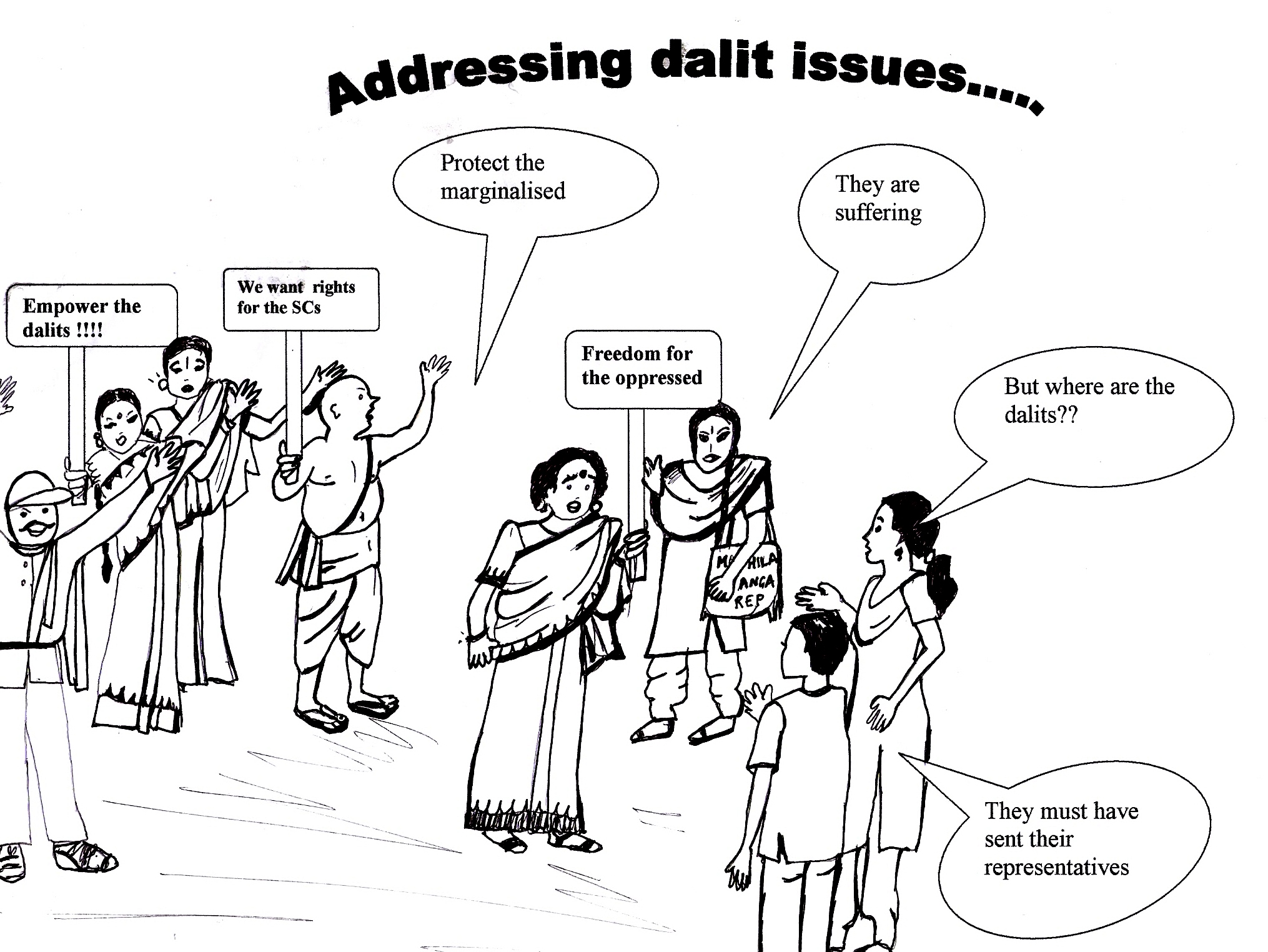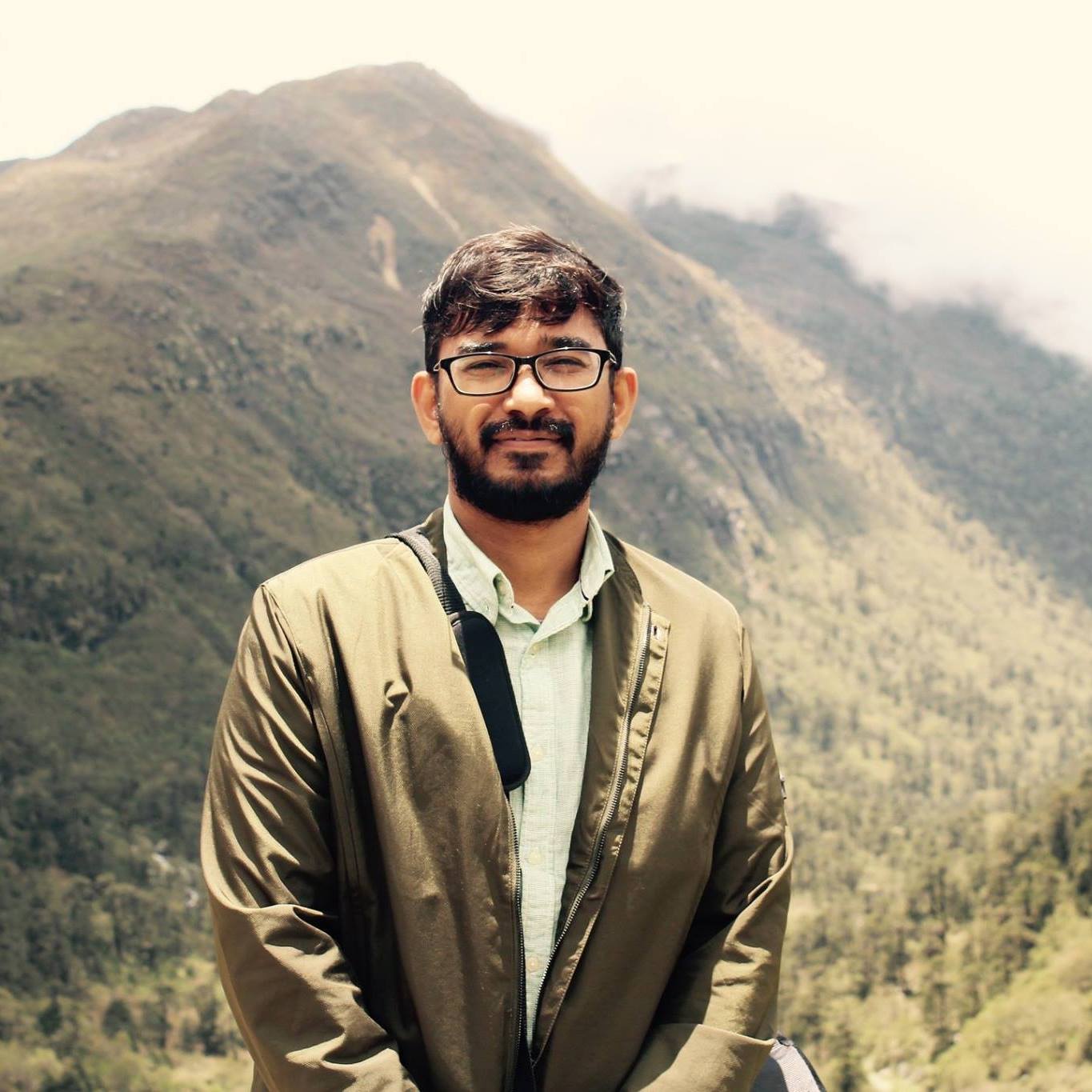Umar Nizar
 The road to hell is paved with good intentions. With the rather misleading moniker `Sufi’, social media celebrity and Arundhati Roy groupie, Mayank Austen Soofi ambles around Delhi, chronicling the lives of the apparently destitute. This has earned him accolades in the form of invitations to the `Serendipity Arts Festival’ in Goa and other events in European metropolitan locations. His modus operandi is that of an urban flaneur whose prime target is the Nizamuddin Basti. When one of his photographs had to be pulled owing to some restrictions imposed by the curator of the art show, he replaced it with one of the Nizamuddin Dargah. The Dargah and its accompanying space of beggars, medieval mendicants, sweetmeat-sellers, hawkers, destitute women, religious men, devotees from the orchestra that `Sufi’ deftly manipulates to create his Neo-Orientalist corpus under the altruistic garb of charitable art. This often takes the form of extended descriptions, a mode he has adopted after his visit to Paris under the tutelage of the ‘elitist’ photographer Dayanita Singh. The earlier terse descriptions were replaced by more detailed descriptions and a backstory, much in the style of `Humans of New York’ started by Brandon Stanton.
The road to hell is paved with good intentions. With the rather misleading moniker `Sufi’, social media celebrity and Arundhati Roy groupie, Mayank Austen Soofi ambles around Delhi, chronicling the lives of the apparently destitute. This has earned him accolades in the form of invitations to the `Serendipity Arts Festival’ in Goa and other events in European metropolitan locations. His modus operandi is that of an urban flaneur whose prime target is the Nizamuddin Basti. When one of his photographs had to be pulled owing to some restrictions imposed by the curator of the art show, he replaced it with one of the Nizamuddin Dargah. The Dargah and its accompanying space of beggars, medieval mendicants, sweetmeat-sellers, hawkers, destitute women, religious men, devotees from the orchestra that `Sufi’ deftly manipulates to create his Neo-Orientalist corpus under the altruistic garb of charitable art. This often takes the form of extended descriptions, a mode he has adopted after his visit to Paris under the tutelage of the ‘elitist’ photographer Dayanita Singh. The earlier terse descriptions were replaced by more detailed descriptions and a backstory, much in the style of `Humans of New York’ started by Brandon Stanton.
Sarnath Banerjee in his graphic novel `Corridor’ quips that `One needs the soul of Chenghiz Khan to survive the Delhi summer’. `Sufi’ has set out to attain this mantle and to heal what he calls the `bandaged heart of Delhi’. As a groupie of Arundhati Roy, who has taken him under her wing, and the cover photograph of whose lukewarmly received novel he is credited with, `Sufi’ has also leaked anti-Roy e-mail correspondence online. It requires what Samuel Taylor Coleridge called `willing suspension of disbelief’ to go along with the narrative created by the likes of Roy and `Sufi’ who follow elitist `holier than thou’ paradigms from their abodes in Jor Bagh and Hauz Khas Village.
The destitution of the Indian Muslim is particularly a favourite trope with `Sufi’ who takes much glee in publishing photos that appear to celebrate the lifestyles of indigent Muslims, but rather only serve to exacerbate the Islamophobia rampant in the Indian public sphere. He is allowed into the homes of the intelligentsia as well as those of middle-class Muslims whose domestic tableaux he is a past master in chronicling. The vanity of the photographic scopophilia in the age of post-truth and the death of the author is one that deserves cautious treatment. In his exploration of the dark underbelly of Delhi, `Sufi’ weaves up a dreamlike structure surrounding Muslims and their habitus that in no way helps to secure them or to politically enfranchise them by transferring photographic agency to them.
When Rick Hoffman and Zana Briski made their Oscar-winning documentary `Born into Brothels’, they accorded photographic agency to their subjects, by handing cameras to the children who were the subjects of their documentary, which was an ameliorating element in this otherwise exploitative enterprise. Even though there has been no major follow up to this, such compunctions are welcome. There is no such relief when it comes to Mayank Austen `Sufi’ and his photographic flaneurdom along the galis of old Delhi. He seldom accords narrative space to his subjects. Operating mainly among those who are outside the ambit of state protection, he occasionally soars into the gala events of the hoi polloi. These parties and their diplomatic glamour are also carefully chronicled. Humour, especially visual humour, serves as the glue that holds together this dubious ethical enterprise.
The consumers of these snaps are also the middle-class elites of Delhi and abroad. As for the literary and liberal elite, and their progeny who happen to be Delhi university students of English literature, `Sufi’ is the apple of their eye. `Sufi’ seldom has any compunctions about pandering to such a public. He particularly dabbles in images of extreme destitution, such as those of the homeless subalterns, that inure the viewers in their web in a manner that, in the course of time, any sort of sympathy for these subjects is washed away into the visual scopophilic matrix of social media platforms. Even when some of the viewers express any sort of empathy for these victims, they are mostly ignored and any sort of social action is blocked. `Sufi’ also has an avid middle-class following that would not be averse to a bit of cyber-lynching should someone rub their hero the wrong way.
Despite the moniker `Sufi’, he has no more interest in Islamic mysticism than the muscle-flexing caretakers of these tombs. The pandering narrative of visual pleasure that `Sufi’ magically weaves has a journalistic element that allows him to hobnob with other savarna journalists and editors from newspapers including the Hindustan Times, where he has been a columnist of some infamy. The detached, disenchanted, gleeful way in which `Sufi’ enters the intimate spaces of the destitute sans charitable intentions renders his subjects vulnerable to the elitist gaze. That the power of the scopophilic gaze is garbed in a cloak of charity is at best a red herring that serves to mislead his audience.
~~~
Umar Nizar is a research scholar in JNU










